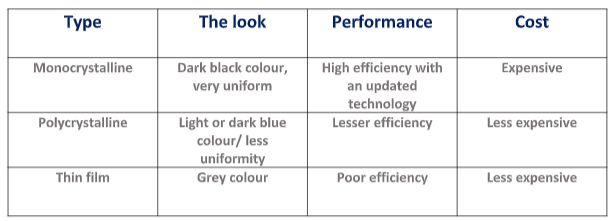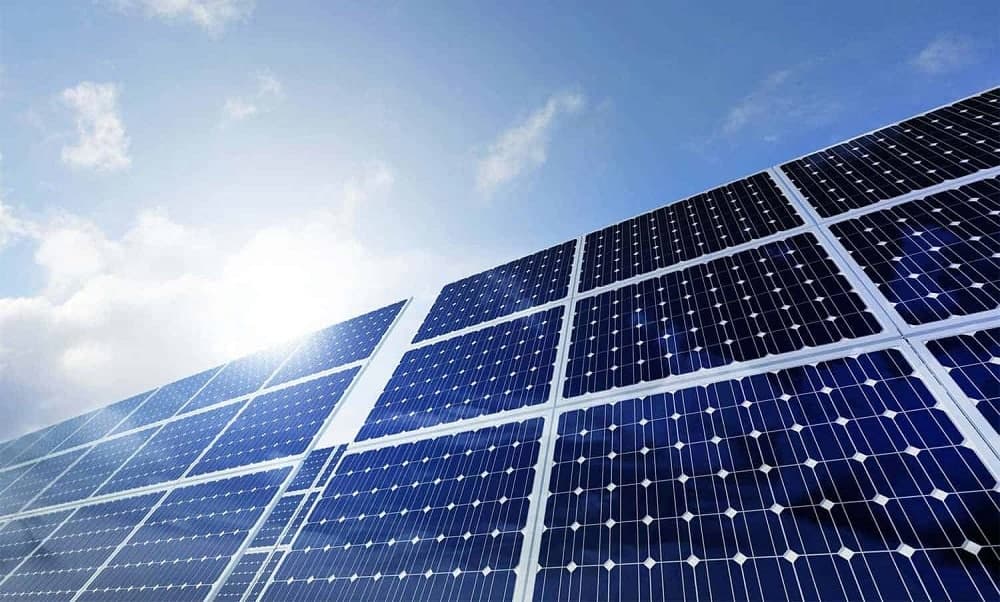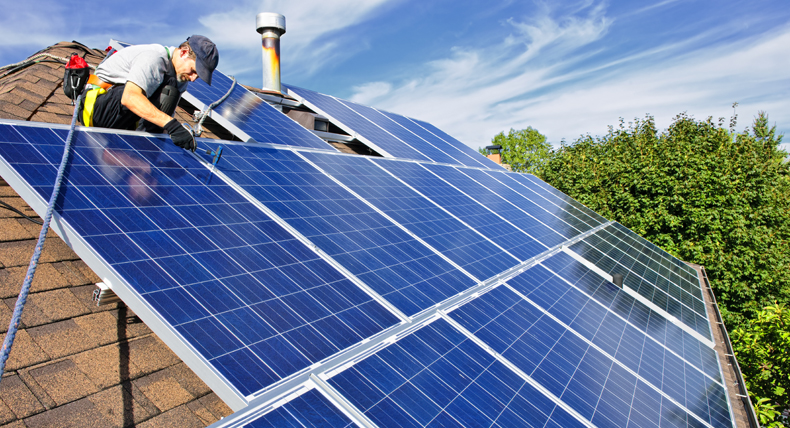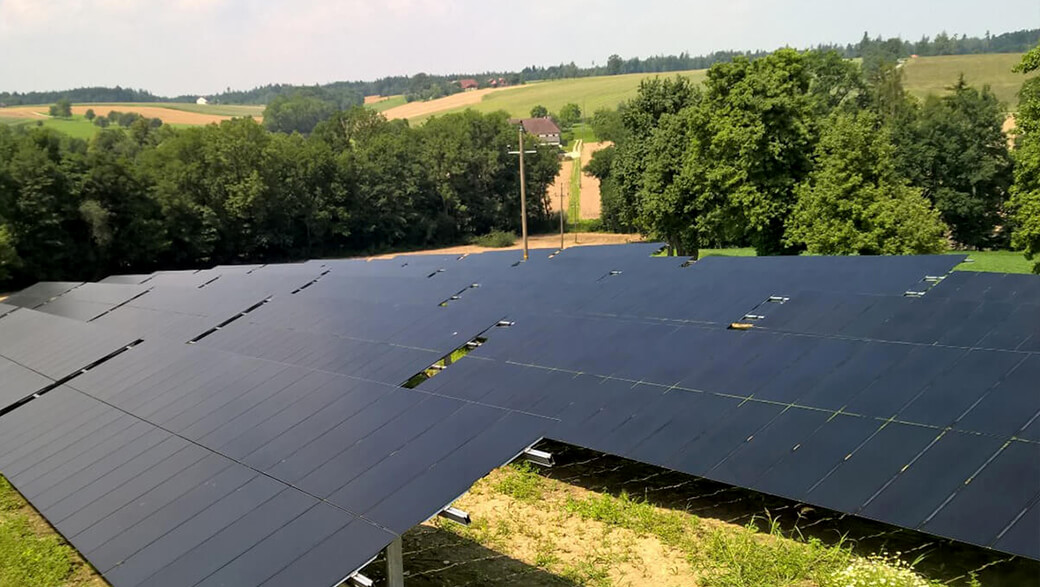May 20, 2022
In recent years, there has been a lot of push towards alternative renewable sources of energy. And it
comes as no surprise that the solar industry grew rapidly around this time, owing to the numerous
advantages it offers.
If you’re thinking solar for your home, you’re on the right track. What’s challenging is choosing the
right solar panel, that’s a retro-fit for your home. We are a well-known organisation in Canberra
offering high quality residential solar systems. Leave it to us to hook you up with the right solar
solution for your home on your requirements.
What are the types of Solar Panels?-
There are 3 major types of solar panels - monocrystalline, polycrystalline and thin-film panels. Each
of them is fundamentally different from one another, physically, leading to differences in their
efficiencies and costs.
Monocrystalline and Polycrystalline panels are the most common ones sold in Australia. While both
of them are equally good, monocrystalline panels are quite infamous in the industry as they are
considered to be more efficient.
Regardless of the panel you choose, it finally comes down to the quality and how well they are
installed. Rather than pondering on whether you choose mono crystalline or polycrystalline, you
need to make sure that they have a valid warranty, and also, if the manufacturer is a well-
established one in the country, in case you need to make a claim. Malwa electricals has a record of
making over 1500+ successful residential installations since 2017. We have built a network of trusted
brand partners in order to gain access to the latest technology and be on top of the game.

Major differences between the three

To have better understanding about these differences, let us explain each technology in detail
Monocrystalline Solar Panels
Monocrystalline Solar cells are made from a single silicon crystal to form a continuous crystal structure which is then given a cylindrical shape. The process is known as Czochralski method.

The Process :
The single silicon crystal, called a seed crystal, is placed in molten silicon. The rod is slowly rotated
pulling the molten silicon upwards, forming cylindrical ingots. These are cut into circular wafers and
each of them is given a layer of phosphorous.
The uniform composition allows electrons to move freely inside the cell, thereby, resulting in higher
efficiency and greater performance.
By far, Monocrystalline solar panels are the leading technology in the market, by production volume
and efficiency.
Polycrystalline Solar Panels
Polycrystalline solar panels consist of not one, but a number of blocks of silicon crystals giving it a flaky appearance.

The Process :
The silicon is melted and rather than drawing the seed crystal up, it is simply allowed to cool down
as fragments, which are later moulded together. This results in lesser purity but is perfectly square
with distinctive edges.
Due to the light blue colour, they absorb less light, decreasing their efficiency, compared to
Monocrystalline panels. However, unlike the former, there is very less wastage of space when they’re formed into a panel resulting in slightly lesser efficiency than monocrystalline panels but a
lot cheaper than them.
Thin film Solar Panels
Thin film solar panels are different from both Monocrystalline and polycrystalline panels. They have a solid black appearance.

The Process :
Unlike mono or polycrystalline panels, there isn’t any involvement of cutting or creating cells from
crystals of silicon. They are made by spraying a layer of photovoltaic substance on a solid surface like
glass, plastic or metal. It is commonly made by sandwiching the photovoltaic substance between two
panes of glass.
The panels are heavier, but are also a lot cheaper to produce. However, it’s not all cons, the thin film
coating makes it flexible and solar possible, when deposited on surfaces like plastic.
Which type of solar panel should you choose for your PV system?
The type you choose basically depends on your property and its environmental conditions. Those
having larger properties, should go for polycrystalline panels, because a larger PV system can help
offset panel efficiency.
People living in highly populated areas, having smaller properties and limited roof space should go
for monocrystalline panels as they make most of the space and help save on power bills.
A typical Australian residential panel installation use panels with energy over 350 watts. 370 watts is
most commonly used. Considering a 370 watts power panel, the size installed is 6.6kW PV solar
system. The amount of electricity produced depends on various factors. The amount of time your
panels are exposed to sunlight is directly proportional to the electricity produced.
Since Canberra is known for its bright days throughout the year, maximum electricity is produced by
the solar panels making it ideal for residents to save on their electricity bills.
Installation of the panel
Regardless of the type of panel you choose, installation of the solar panel makes all the difference. By choosing Malwa electricals as your provider, you can be assured of getting a custom fit solar panel at a comfortable price for your home in terms of your electricity needs.
Get in touch with us for your installation needs and we’ll find you your right fit.




